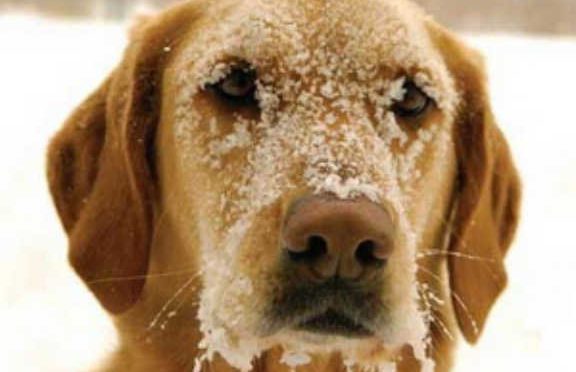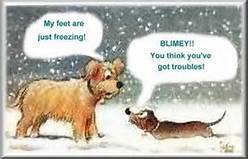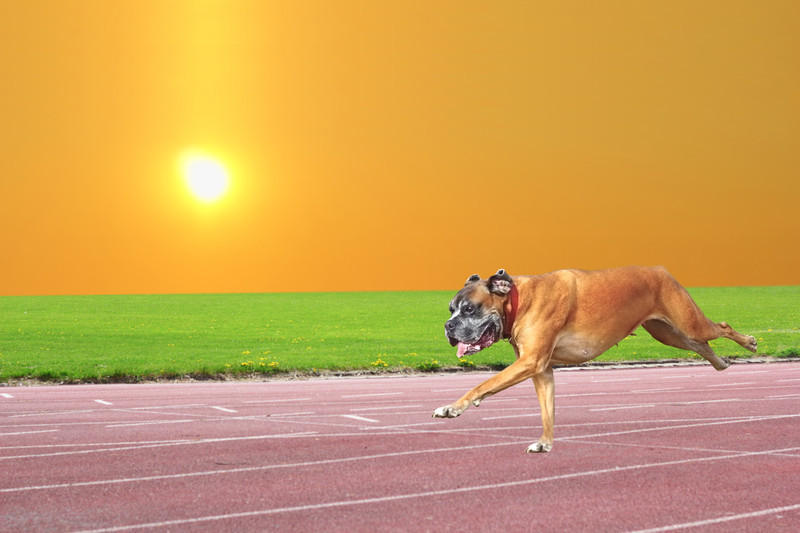Treating Dog Injuries Dog injuries are no fun for pets or pet owners.
Treating Dog Injuries
As animals with high energy levels, getting injured is an unfortunate reality for many dogs. Generally, the most common dog injuries consist of sprains or strains due to the nature of how they use their legs and paws. A strain is an injury to a tendon that connects muscles and bones and is common when active dogs stretch too far. A sprain is an injury on the ligaments that link bones and can lead to joint damage. This can happen to any dog when a wrist or knee takes a hard hit. There are a number of ways to treat these injuries, but hot and cold therapy are common practices that can used to help bring your dog relief.
How to Use Ice and Heat Therapy When Treating Dog Injuries
Before using ice and heat therapy for dog injuries, it must first be determined what type of injury has occurred. Ice therapy is the application of a frozen device, usually some form of an ice pack, on the affected area. When the ice is applied, it helps to reduce irritation and swelling, as well as relieve pain for your dog. With heat therapy, its use combats muscle spasms, stiffness, and pain, and increases blood flow. It can be applied with wraps, heating pads, or heating blankets.
Which Injury, Which Therapy?
Now that you know two of the common types of therapy for dog injuries, it’s important to know when and how to use them. To be the most useful, each type of therapy should be used at certain times. Due to its properties, ice therapy should be used immediately after an injury because it responds to symptoms that are typically experienced right away. Heat therapy is most effective after a few days because it addresses the onset of symptoms that are experienced later.
Keeping Your Dog Safe
While there are many treatments available for dog injuries, the best one is prevention. Of course, your dog is going to continue to be active, but there are ways to help keep your dog safe while having fun. To prevent sprains and strains, it is important to maintain an active lifestyle, even when your dog may not be able to go outside. Furthermore, their general play area should be easy for them to move around in without tripping. Small changes like this can lead to better fun for you and your dog.
For information on being proactive in case of an emergency click here.
Dr. Bernadine Cruz – The Most Common Reason For Surgery.
To purchase our products click here.





